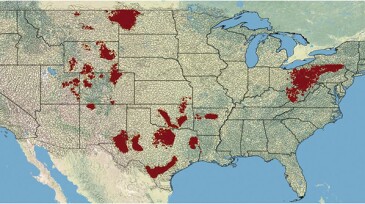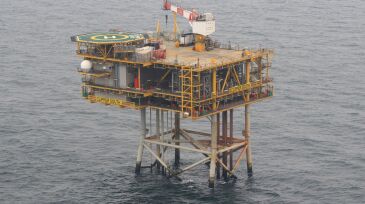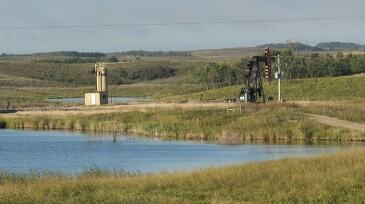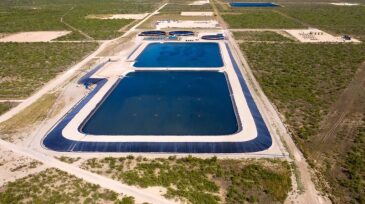produced water
-
Using a large-sample statistical approach based on publicly available data, the authors of a recent study investigated the potential impact of unconventional oil and gas development on surface water quality.
-
Signed into law last month, the Texas Produced Water Consortium will be hosted by Texas Tech and bring together stakeholders, key experts, and industry to address produced water challenges.
-
A 2-year study of a formation used for saltwater disposal in the Bakken may hold promise of decreasing the pressurization of the formation and increasing the reuse of the briny produced water.
-
This latest project will build on a previous initiative with up to a trio of field trials aimed at supporting regulatory authorities and industry to establish new standards and practices for the use of online oil-in-water analyzers at remote locations.
-
Acknowledging the necessity to better understand treatment needs, economic challenges, and public health and environmental risks of industry’s waste water, the Texas Legislature recently passed Senate Bill 601, establishing a Texas Produced Water Consortium.
-
The complete paper focuses on sources of produced water from conventional and unconventional onshore oil and gas operations and addresses the challenges and opportunities associated with reusing the produced water.
-
A global trend has developed toward the application of risk-based assessment (RBA) techniques for managing environmental risks and considering potential effects of produced-water (PW) discharge.
-
Operators of unconventional plays face a conundrum—how to dispose of produced water economically without risking seismicity or aquifer contamination. A recent paper and virtual forum offer ideas for optimizing saltwater disposal.
-
The Eddy State Complex adds 300,000 B/D of recycled produced-water treatment capacity in the northern Delaware Basin. The company said it is on track to recycle 25 million bbl of produced water this year.
-
Breakwater’s produced-water-recycling facility has the flexibility to recycle, store, or dispose of water. It has already recycled nearly 5 million bbl of produced water in the third quarter of 2020.










